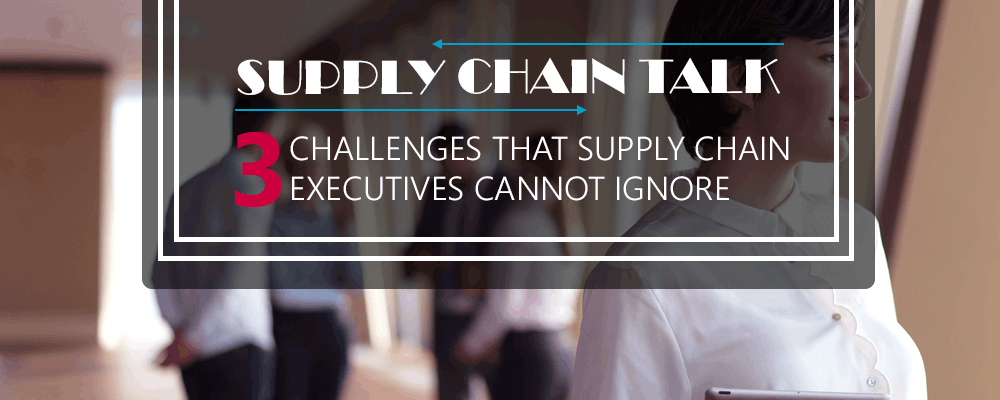
In our previous Supply Chain Talk Blog, we discussed different supply chain organizational structures that can increase the effectiveness of the overall supply chain process.
In this week’s, Supply Chain Talk, Arkieva CEO Harpal Singh discusses key challenges that modern-day supply chain executives face.
About 75% of companies have the senior supply chain executive also overseeing traditional supply chain functions like distribution, logistics, manufacturing, demand, supply planning or purchasing. The entire supply chain, however, rarely falls within the scope of any one of these functions, and so the supply chain executive must work across organizations to make major changes.
This is changing.
In leading companies, the senior supply chain executive reports to the CEO, the COO or the CFO. As supply chains become more extended and costs become more volatile, this trend will continue because the supply chain organization must respond faster to changes in the environment.
What are the challenges that the modern supply chain executive must overcome?
- Efficiency versus effectiveness. The traditional supply chain focus has been to reduce costs by streamlining operations and increasing efficiency. In the current environment, change and uncertainty are the norms. The supply chain requires constant reconfiguration to exploit opportunities for cost containment. An increase in fuel prices may trigger a different distribution policy; an increase in labor costs in formerly low-cost regions may require a change as well.
- Data visibility versus the smart use of data. Most companies have their hands full just collecting and distributing supply chain data. The bad news is that this is about to get worse – automatic sensors and systems are generating much more data. Up to now, the focus has been on making this data visible in a form that people can digest it. However, as data volume increases smart tools will be needed to process much of it. Take the example of when production makes a bad lot of a product. Should they try to make a new lot? Or move on to the next production item? A simple expert system that looks at the available supply and demand picture and the cost implications could automatically make the right call perhaps 70% of the time. Escalating decisions need to happen only in cases there is the need for a human judgment on risk evaluation.
- Risk Management with variability. The traditional supply chain approach for risk management is to position assets like inventory where they might be needed or to maintain excess capacity to increase flexibility. In the modern supply chain, these practices are not sufficient because there are simply too many sources of variability. Addressing risk management involves robust practices and software supporting these practices. Decision makers need to evaluate different scenarios constantly and evaluate them not just on cost, but on how flexible they allow the supply chain to be.
As the challenges of managing the supply chain increase, the role of the senior supply chain executive will need to change from simply delivering products cost effectively, to re-engineering the supply chain constantly to maintain a competitive edge.
Have a supply chain topic that you would like us to discuss? Join the Arkieva Supply Chain Talk with Arkieva CEO Harpal Singh. Add a comment below or send a tweet to @Arkieva with #ArkievaSCT, or email editor@arkieva.com.
Enjoyed this post? Subscribe or follow Arkieva on Linkedin, Twitter, and Facebook for blog updates.





